
Dancers in the British Ballet Charity Gala at the Royal Albert Hall. Image by Isabella Sheherazade Sanai
On Thursday 3 June, eight leading British ballet companies shared the stage at the Royal Albert Hall to raise funds for their art and nominated community dance companies. Former principal of The Royal Ballet and Strictly Come Dancing judge Darcey Bussell presented the historic event. Here, she speaks to Candice Tucker about bringing ballet to a larger audience, her most memorable performances and how dance can benefit mental health

Darcey Bussell
1. What was the inspiration behind the British Ballet Charity Gala?
The need and the larger voice, I suppose: the strength in numbers. When you’re from the performing world, you realise very quickly that it will be the first thing that suffers in any financial crisis, especially in a pandemic like this. So, the need to get everybody together to celebrate British dance was really important.
Follow LUX on Instagram: luxthemagazine
The performance was live at the Royal Albert Hall, but as we weren’t able to fill the seats, we knew that we needed a much bigger audience to raise needed funds. We also wanted everybody to have the opportunity to see something like this so it was fabulous that we got the royalty rights and permission by all eight companies to have it aired online.
2. Is there a clear divide in how major ballet companies differentiate their style of dance?
There’s a general language to dance that every ballet school goes by, but every company has their resources and great choreographers, and that will identify their style. So, it’s not really about the steps themselves, it’s how that steps are told and how the narrative is told through those movements.
In the gala performance, I think you can really notice the difference between each company. I really wanted the event to showcase each company and their strength as a whole, not just the principle dancers.

Image by Isabella Sheherazade Sanai
3. Traditionally, ballet has been viewed as a very strict, tough-love activity that has sometimes been associated with negative effects on mental health, but you’re a strong believer in the the positive impacts of dance. Can you tell us a bit about that?
When I retired from professional dancing it hit me hard, and that’s when I thought, “There’s so much more to this. This is not something to be appreciated only as an elitist form of performing art. It can be enjoyed by everybody of every ability and every age.” Over the years, I’ve found it very enlightening to see how dance can give young people confidence, which I suppose is something I already knew growing up. I suffered seriously from dyslexia. It was like this brick wall that I was coming up against all the time, but having dance, this other way of expressing myself, empowered me.
Read more: Maryam Eisler’s spellbinding portraits of Capri
Dance has the ability to give people strength. It can seem so simple and so trivial, but we forget that something so simple can have a lot of meaning in people’s lives and change the way they feel every day. I’ve teamed up with professors and all sorts of people who have done documentaries on mental health to try and learn more. Dance is something that encompasses nearly every culture around the world. It has a powerful international voice and it doesn’t have to done by highly skilled individuals for them to appreciate it.
4. How has ballet evolved since you started performing?
I suppose the digital platform has been probably one of the biggest changes. We never had that much filmed and to get permission was really difficult. I’m very excited to now see so much dance being relayed across many different platforms, not just classical ballet but all kinds of dance.
I think the other thing that’s changed is how dance is tackling difficult subjects. People have been much braver, and audiences have enjoyed watching those narratives being told. It’s no longer just about fairytales, which are great because they provide an escape, but dance also has this wonderful ability to take everybody on a journey. Of course, it’s a very subjective experience, but what I have noticed is the importance of ballet in people’s real lives, not just as a source of entertainment.

Image by Isabella Sheherazade Sanai
5. What was the most memorable dance performance of your career and why?
It’s very difficult to choose! Some are from when I was very young, just starting out as a principal dancer. Going on tour and having an audience was one of the most exciting things as a young artist. I remember one performance in the Kennedy Center in Washington. I think Clinton was President back then and he came with his family and there was a whole buzz around that. We were doing a brand new production of a big classic, and I was performing the main role of Sleeping Beauty. We hadn’t even opened it in our own theatre in the UK, but decided to take that crazy leap and perform the first night in Washington. As you can imagine, there was a lot of pressure, but it was very exciting. I’ll never forget that.
I also did the closing ceremony of the Olympics in 2012, and that was an extraordinary experience, coming off the top of the arena on a wire with pyrotechnics and 200 dancers at the base. Classical ballet has branched out into other fields and it’s nice to feel that I’ve been part of that.
6. Can you tell us about any exciting upcoming projects? Are there any other charities that you’re involved with?
I run my own charity called Diverse Dance Mix, which is a dance fitness program that we put into state schools. The aim is to give every child the opportunity to experience dance. I also wanted to create something that had a really positive effect on people’s lives. It’s so healthy for our minds, not just our physicality, to move, but to use dance as that activity is even better because of the range of emotions that it connects us to and the creative side of it.
I also recently did a collaboration with a lovely company called Dutch National Ballet in Amsterdam. They’ve just launched this film that uses classical dancers with animation. I played a small part with another fabulous dancer called Irek Mukhamedov. It’s the story of Coppélia, which is an old classic, but what they’ve done is twisted the story so that Coppélia, instead of being a doll maker, is a plastic surgeon. So, the whole story is to do with today and how we handle those sorts of pressures that are put on us. It was really fun to be part of something like that.
I’ve got a couple of other projects in the pipeline, which I’m really interested in and are to do with mental health. I’m trying to put a program into the NHS to use dance as a tool to help people with their mental health, which will pilot over the summer, and hopefully launch properly in January.
The British Ballet Charity Gala is available to stream until 18 July 2021 via: stream.roh.org.uk/products/british-ballet-charity-gala
Follow Darcey Bussell on Instagram: @darceybussellofficial

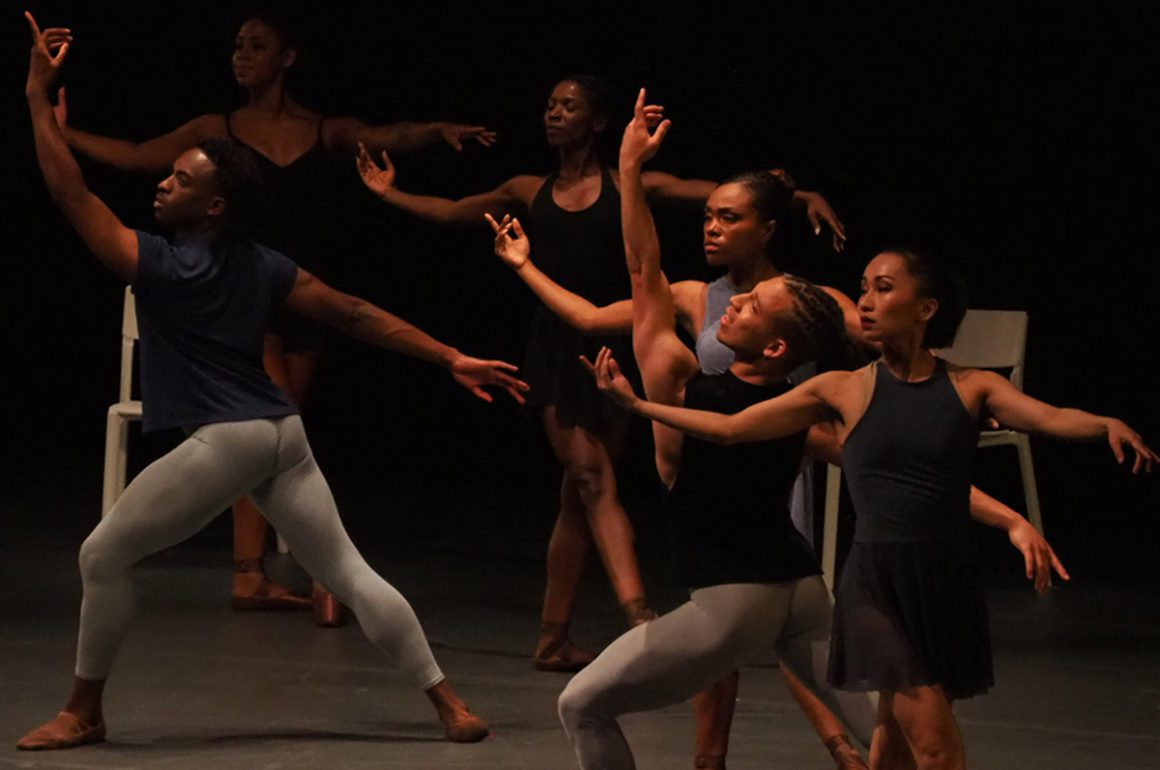




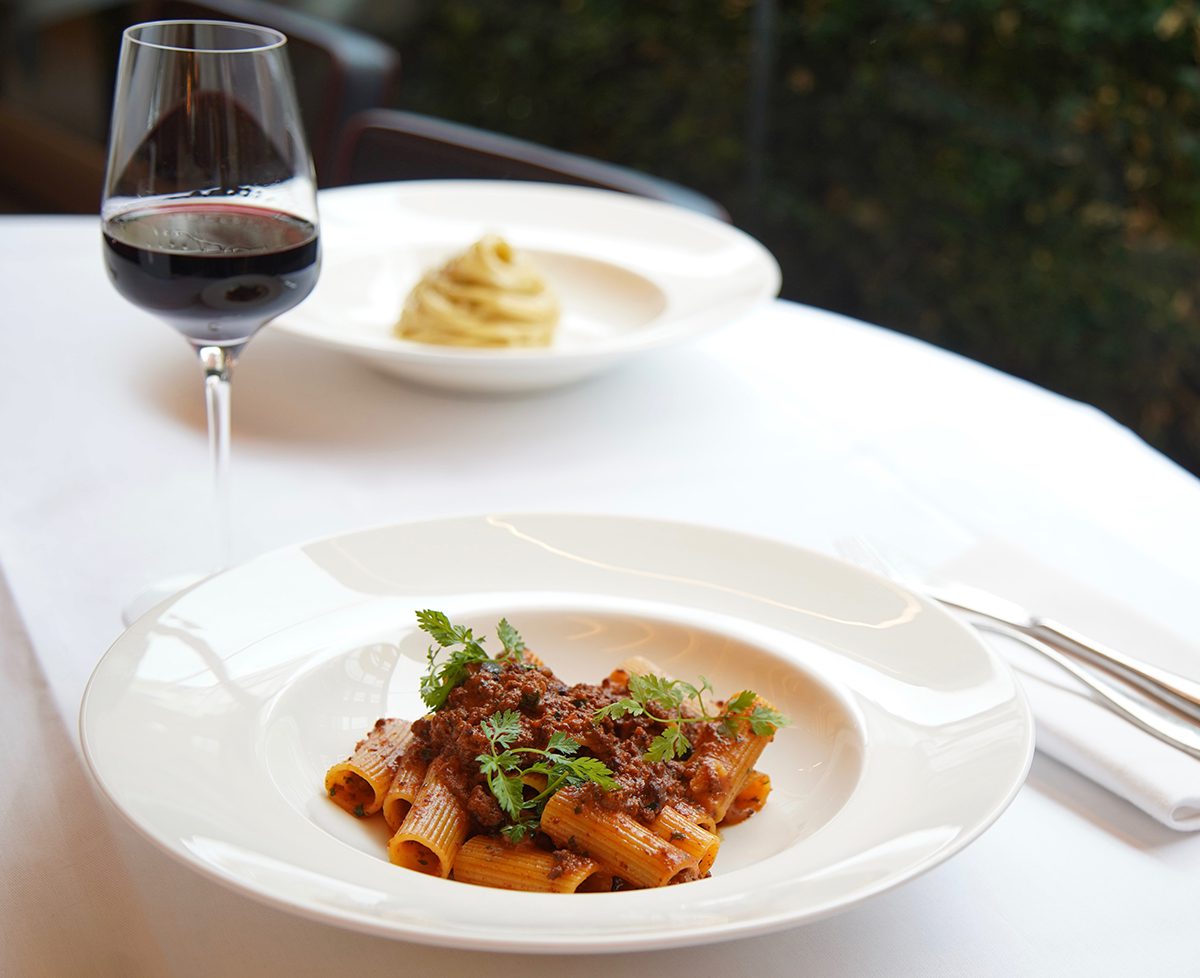

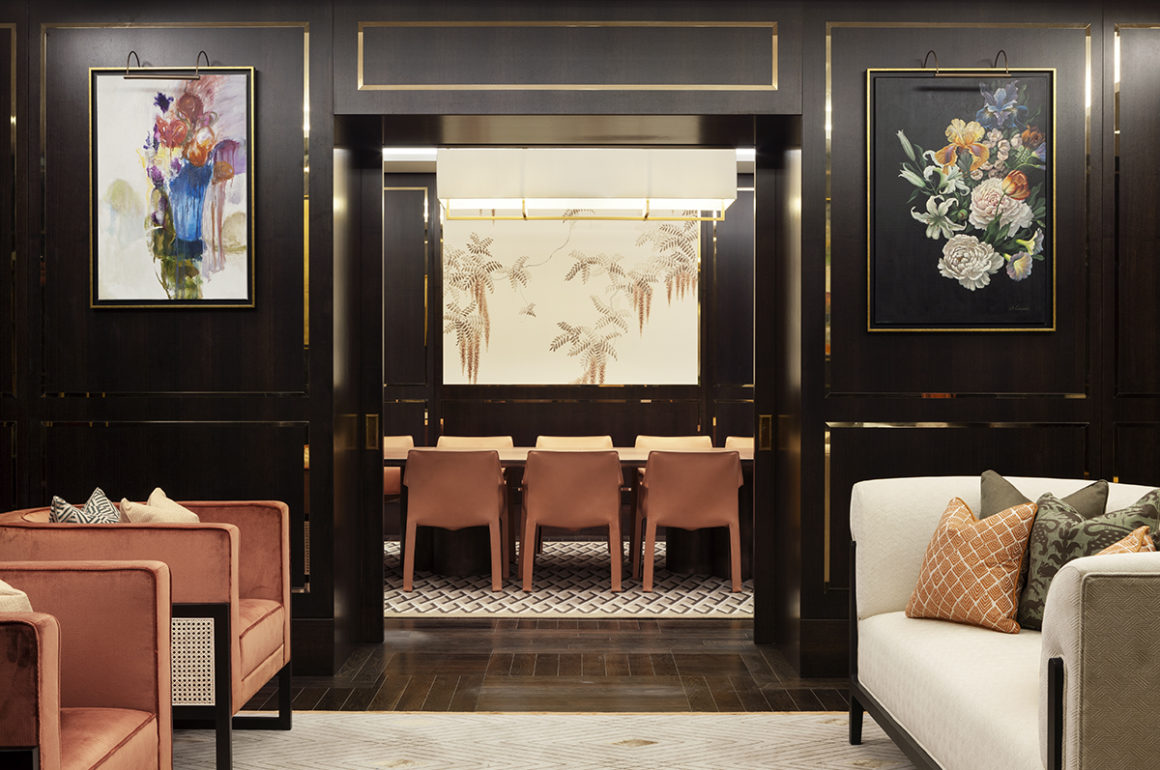

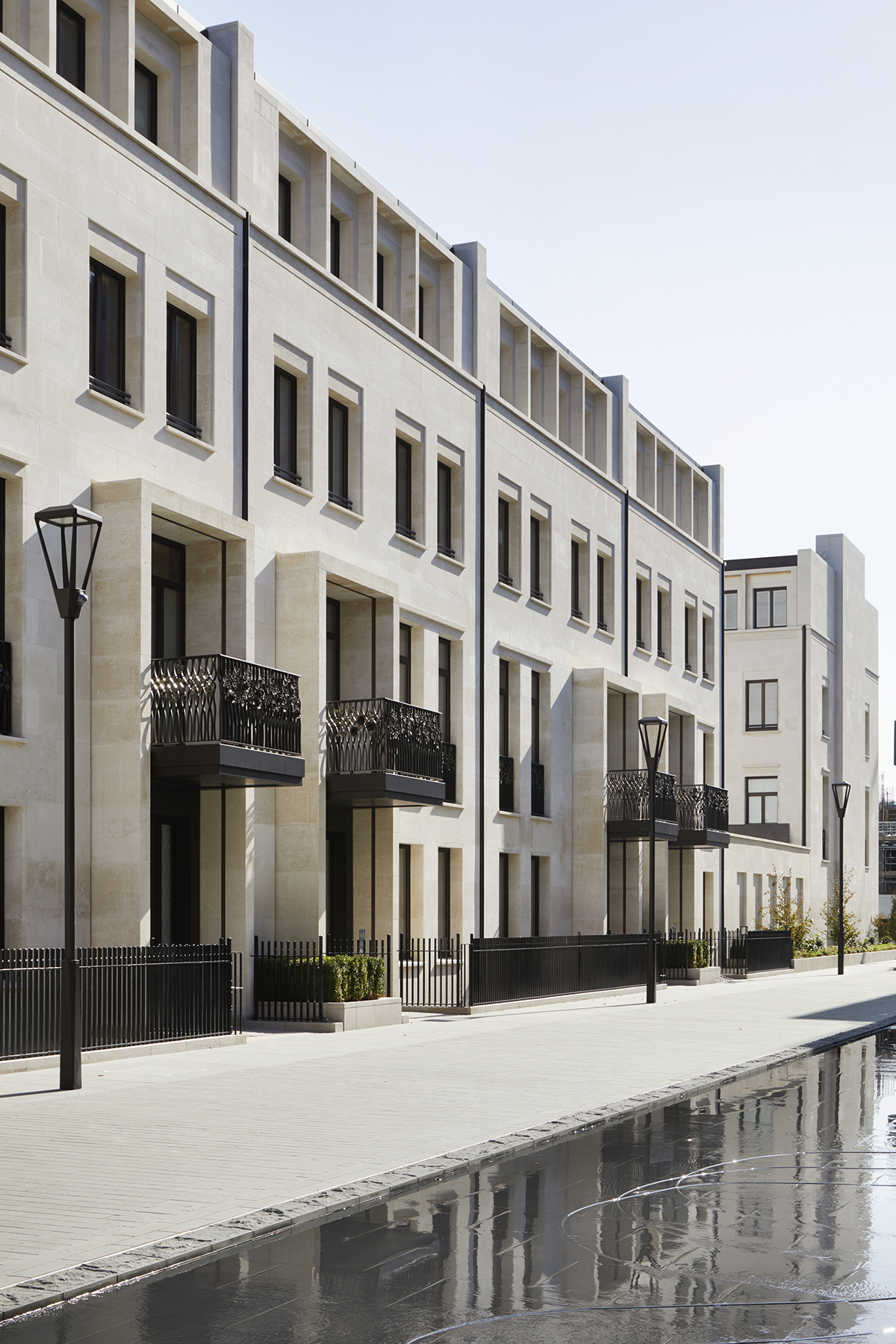




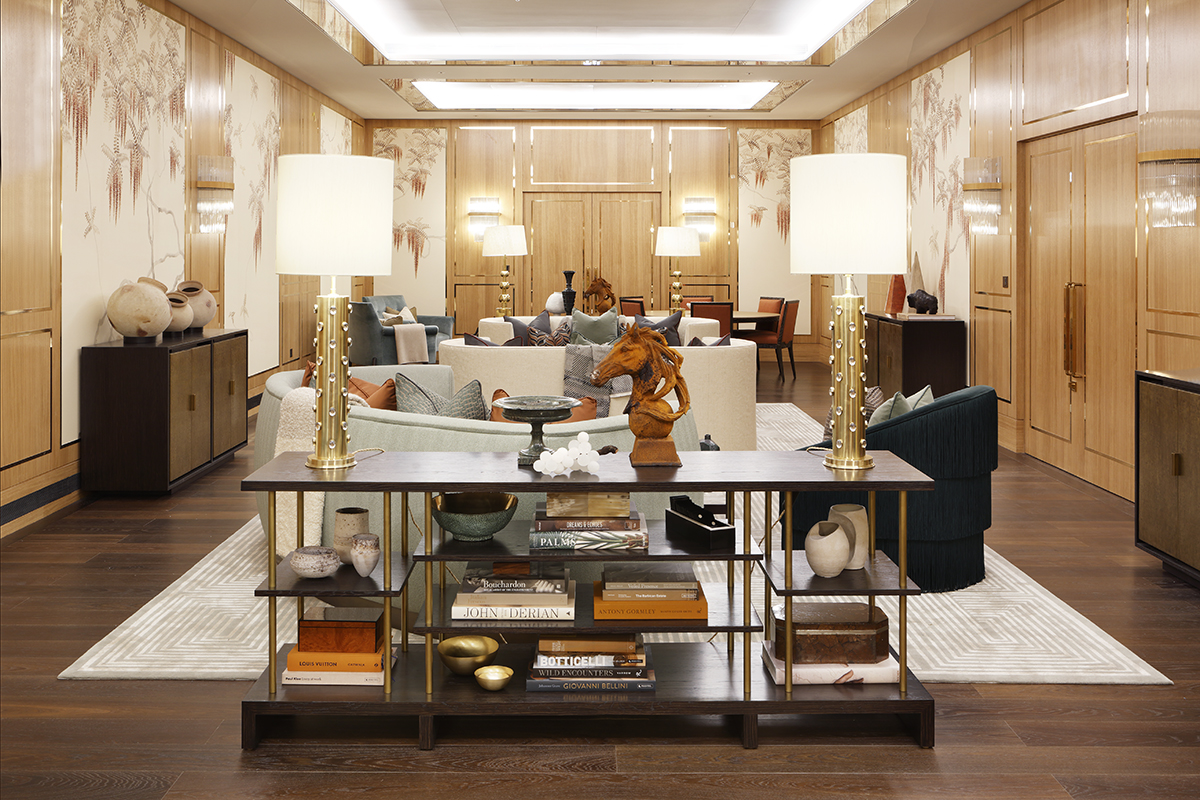




Recent Comments